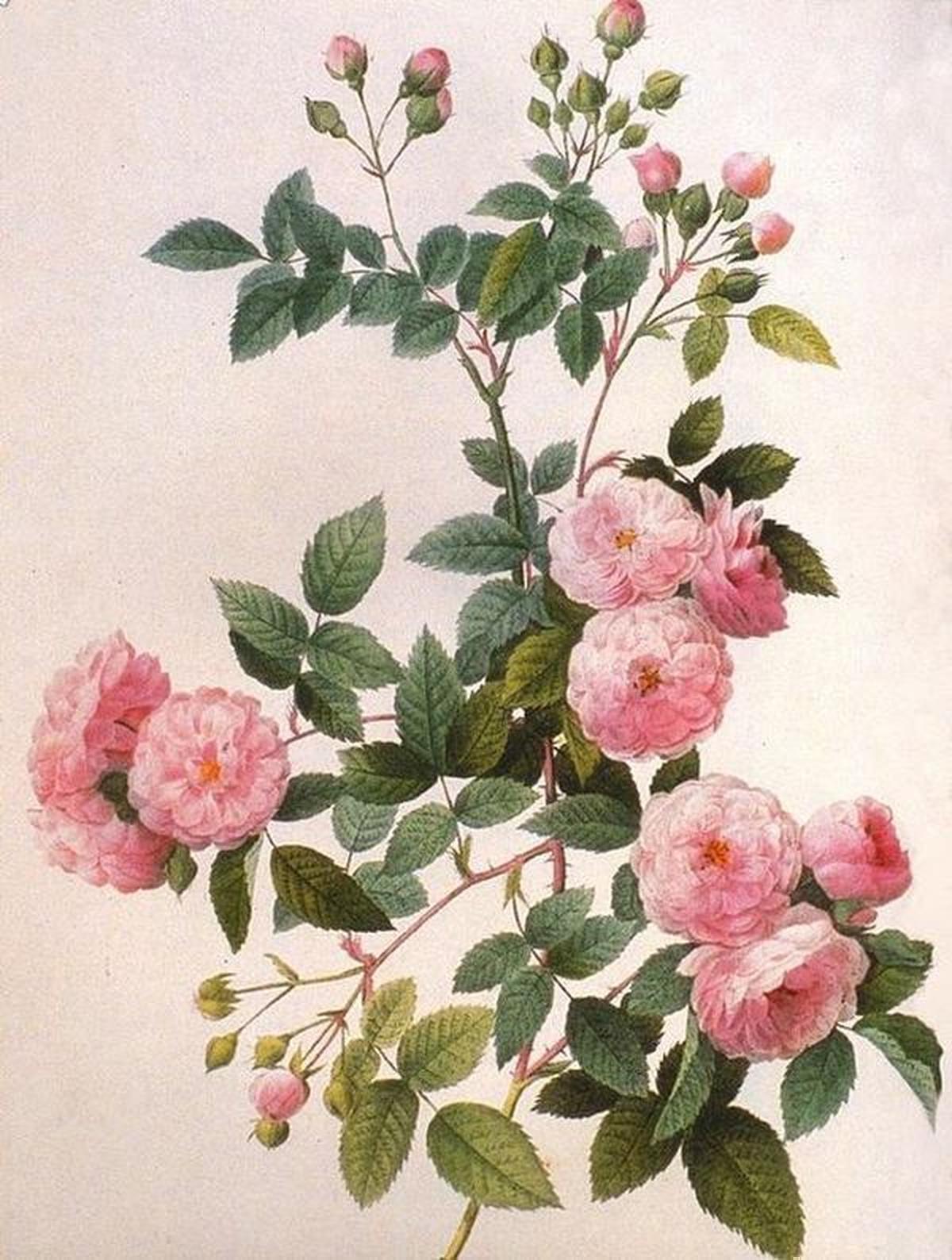Rosa spp.
RosaceaeLas rosas se cultivan desde hace, al menos, 5000 años. Las actuales variedades de rosas se han obtenido por sucesivas hibridaciones, a partir de antecesores cuyo origen se pierde en el tiempo. Símbolo de los sentimientos más nobles y del amor, la rosa estaba consagrada a Venus. Cuenta el mito que, de la espuma del mar, de la que nació la diosa, brotó una mata espinosa que, rociada por el néctar de los dioses, hizo florecer rosas blancas. La tradición cristiana asoció la flor con la imagen de la Virgen María. Según una antigua leyenda, antes de la caída del hombre, la rosa no tenía espinas y la Virgen se llamó rosa sin espinas por no haber sido mancillada por el pecado original. La rosa es la flor de mayor predilección y la que más ha sido cantada por los poetas, símbolo del amor y la amabilidad, se considera la reina de las flores. Entre sus esencias destaca el aceite de rosas, descubierto por Nur Jahan, esposa del mongol Jahangir, quien la obtuvo por destilación de sus pétalos. El arte de destilar los pétalos de rosa fue introducido en Occidente por los árabes en el siglo X. Junto con otras flores, aparece en las descripciones que, de los jardines del califa, se recoge en Las Mil y Una Noches. En el siglo XIX gozan los rosales de amplia presencia como planta de ornato en el Alcázar, alineándose en las márgenes de aquellos caminos que solían transitarse con mayor asiduidad durante los paseos por las huertas. Forestier, diseñador del Parque de María Luisa, defiende con argumentos pictóricos los rosales: siempre ocuparse de la forma y el color de las flores, de contrastes y armonías, y del fondo sobre el que van. Piénsese en Forestier como admirador de los impresionistas para entender las rosas como pinceladas de múltiples colores, flotando en el aire. También el pintor español cercano al impresionismo, Joaquín Sorolla, dedicó algunos de sus cuadros a los rosales cuando visitó los jardines del Real Alcázar.
Procedencia
Oriental/AsiáticoCalendario
Hábitat
Morfología
 Arbusto
Arbusto
 Irregular
Irregular
 Pinnada
Pinnada
 Ovada
Ovada
 Alterna
Alterna
 Serrado
Serrado
 Cuneada
Cuneada
 Obtusa
Obtusa
 Acuminado
Acuminado
 Agudo
Agudo
 Perenne
Perenne
